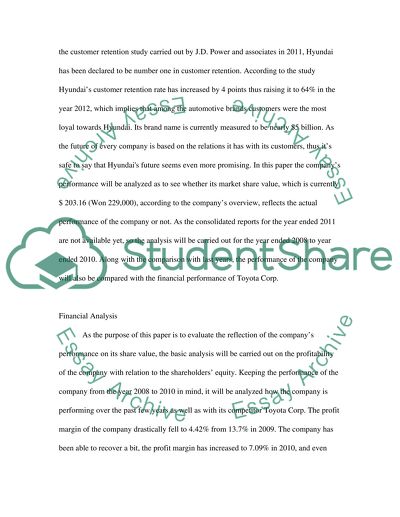Cite this document
(“Analysis of Hyundai Motor Company Essay Example | Topics and Well Written Essays - 2000 words”, n.d.)
Retrieved from https://studentshare.org/marketing/1441676-company-analysis
Retrieved from https://studentshare.org/marketing/1441676-company-analysis
(Analysis of Hyundai Motor Company Essay Example | Topics and Well Written Essays - 2000 Words)
https://studentshare.org/marketing/1441676-company-analysis.
https://studentshare.org/marketing/1441676-company-analysis.
“Analysis of Hyundai Motor Company Essay Example | Topics and Well Written Essays - 2000 Words”, n.d. https://studentshare.org/marketing/1441676-company-analysis.


